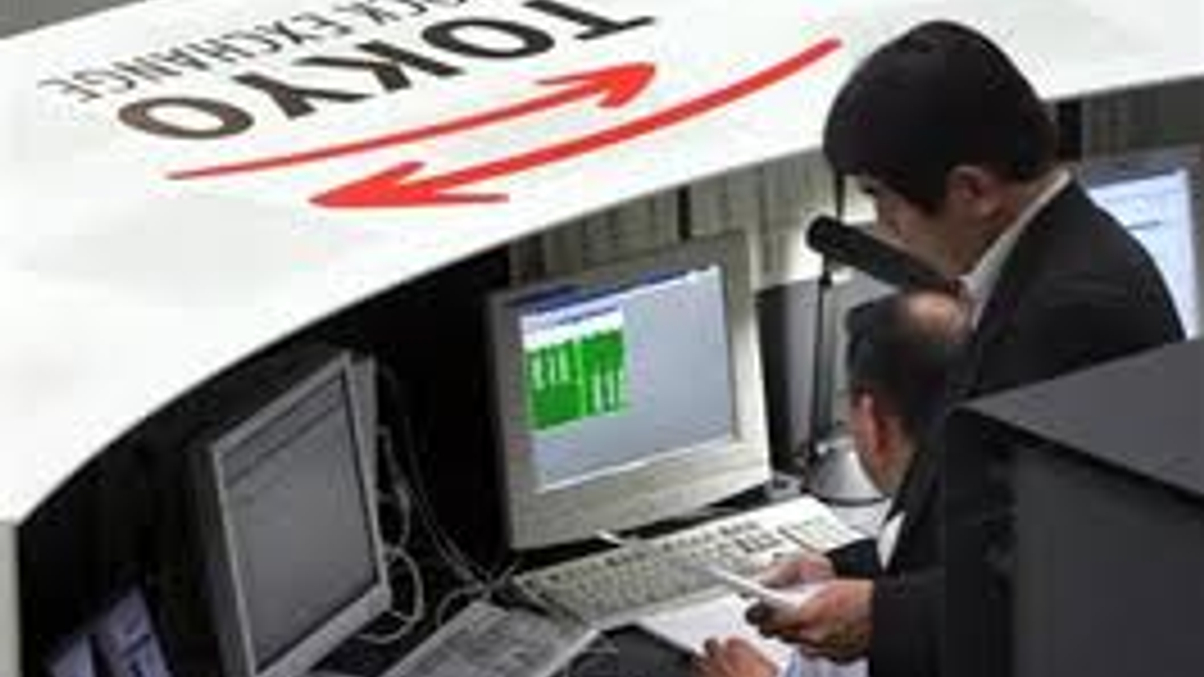TSE link with NYSE Euronext heralds strategic shift, but to what?
Market participants see the announced plan to build network links as a gesture of Tokyo’s desire to keep up with global exchange wheeling and dealing.

Market participants in Tokyo say this week’s announcement by Tokyo Stock Exchange and NYSE Euronext to link their networks is less a practical decision and more a gesture from TSE about how it may proceed in an era of stock-exchange consolidation – an era that seems to have passed the TSE by.
Sign In to Your Account
Access Exclusive AsianInvestor Content!
Please sign in to your subscription to unlock full access to our premium AI resources.
Free Registration & 7-Day Trial
Register now to enjoy a 7-day free trial—no registration fees required. Click the link to get started.
Note: This free trial is a one-time offer.
¬ Haymarket Media Limited. All rights reserved.


